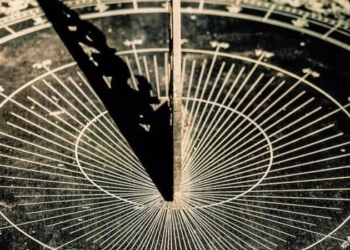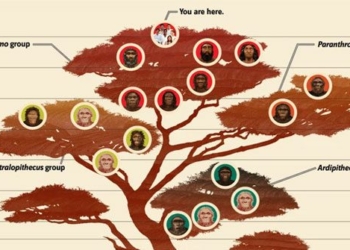The lion’s mane typically serves two main functions: to threaten rivals and to impress potential mates. However, not all male lions possess a mane, and in some cases, female lions may also develop manes similar to those of males.
In the vast savannahs of Africa, the most iconic animal of the region is the lion, especially the male lions with their large, shaggy manes surrounding their necks.
The manes of male lions are used to impress other lions—both potential mates and rivals, according to Bruce Patterson, a retired mammal researcher at the Field Museum in Chicago, as he shared with Live Science. Patterson notes that male lions (Panthera leo) have large heads and throats, and the presence of manes on their bodies enhances those features.
Factors Influencing Male Lion Manes
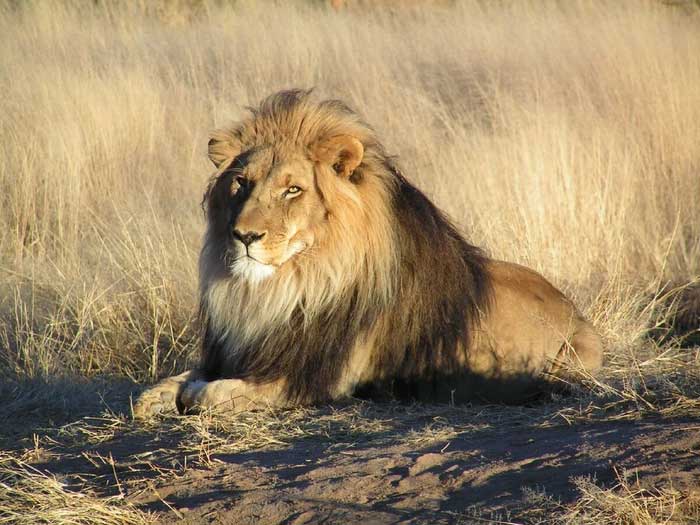
Researchers have proposed several hypotheses to explain the primary functions of the lion’s mane. It may serve as a threat (a large mane makes the animal appear more formidable). Alternatively, the mane could act as a protective layer for the head and neck during fights with other lions or to attract mates.
Some manes in certain male lions can indeed be more impressive than others. A study conducted in 2002 examined factors such as sexual selection, environmental temperature, and lion behavior, finding that male lions with darker manes appear to be more attractive to females, and those males also tend to have better nutrition and higher testosterone levels. Furthermore, researchers noted that male lions with longer manes seem to be more intimidating to other males.
However, in reality, some male lions completely lack manes—this is because having a shaggy, dark mane can come with certain disadvantages.
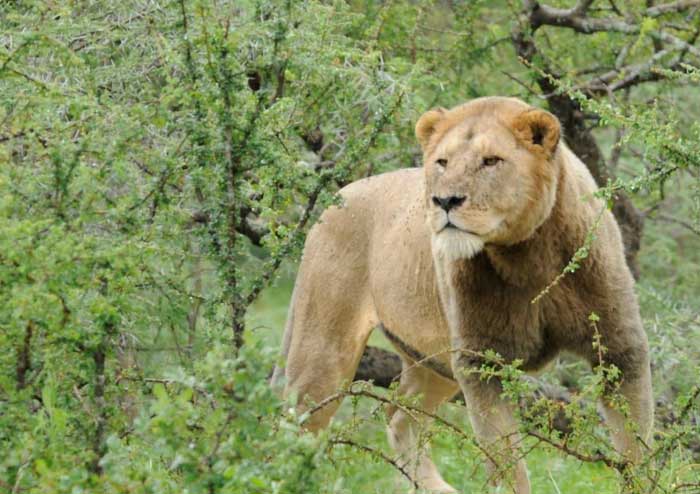
Male lions primarily exist to protect their prides, but due to their large size and difficulty in hiding, they often prove ineffective at hunting.
Despite the benefits of impressing other lions with a thick, large mane, wearing a “thick scarf” around the neck all day in the sun is not ideal—and the 2002 study indicated that males with manes tend to be warmer and have higher body temperatures than females without manes. Elevated body temperature can lead to complications in sperm production in male lions, and the authors of that study also pointed out that darker-maned males tend to have more abnormal sperm and deformities.
This temperature issue may explain why some lion populations exhibit very small or nearly nonexistent manes. In regions such as the Serengeti or Ngorongoro Crater in northern Tanzania—where elevations reach thousands of meters above sea level and temperatures frequently drop below 60 degrees Fahrenheit (16 degrees Celsius)—male lions often have very large manes.
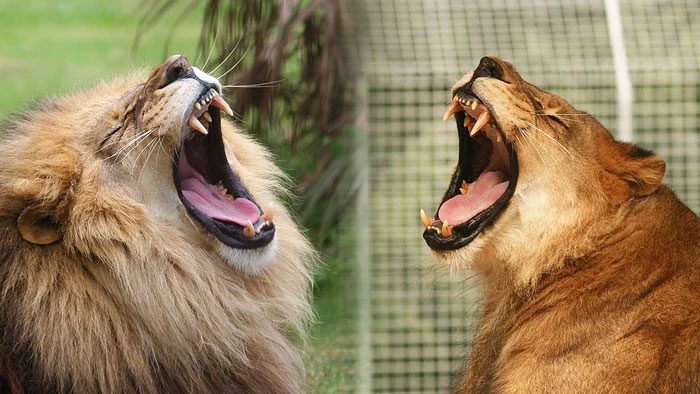
As they begin to sexually mature, male lions will start to grow thick manes around their heads, necks, and underbellies. Testosterone hormones are responsible for this process—interestingly, neutered males often lose their manes completely. Studies have shown that females are attracted to larger, darker manes, suggesting that these manes are signals of vitality.
However, in Tsavo East National Park in Kenya, where the elevation is closer to sea level and the temperatures are higher, male lions have very small or almost nonexistent manes. Patterson notes that a lion with a large mane would struggle to travel far during the day or move too far from water sources. This would put them “at a disadvantage compared to a lion without a large mane.”
This phenomenon may also apply to lions outside their natural habitats. One of Patterson’s studies found that among lions in North American zoos, individuals in cities with colder weather tend to have thicker, denser manes.
Female Lions with Manes

Zuri, a female lion at the Topeka Zoo in Kansas, grew a mane in 2020.
Female lions can also grow manes, although this is very rare. In 2016, researchers reported five female lions that developed manes in the Okavango Delta of Botswana. One of those females also exhibited typical male lion behaviors, such as bonding with other females.
In 2018, the Oklahoma City Zoo announced that an 18-year-old female lion named Bridget mysteriously grew a “small mane.” Subsequent blood tests revealed that a benign tumor had caused elevated levels of the hormone androstenedione, which can lead to male-like traits.
And in 2020, an elderly female lion at the Topeka Zoo in Kansas began to grow a mane after the only male in the pride died. Zoo caretakers noted at the time that it seemed to be a “random occurrence” unrelated to competition or evolution.








































